 In addition to the rather exotic projects, such as, for example, a huge steam-powered submarines for action with the Navy type “K”, or underwater monitors of the “M”, the British Navy continued to “correct” the development of a universal underwater “Admiralty” boats long range, launched in 1908, a type “D”. We remember that the most successful boats made basically the severity of the First world war, were three series of the type “E”, built in the beginning of the war until its end. However, the designers did not intend to stop there.
In addition to the rather exotic projects, such as, for example, a huge steam-powered submarines for action with the Navy type “K”, or underwater monitors of the “M”, the British Navy continued to “correct” the development of a universal underwater “Admiralty” boats long range, launched in 1908, a type “D”. We remember that the most successful boats made basically the severity of the First world war, were three series of the type “E”, built in the beginning of the war until its end. However, the designers did not intend to stop there.
Read more
 “Vladivostok, 6 (Corr. “Truth” Yury Makeev). On Ship quay of the regional center established on the pedestal of the legendary submarine s-56…”
“Vladivostok, 6 (Corr. “Truth” Yury Makeev). On Ship quay of the regional center established on the pedestal of the legendary submarine s-56…” “Vladivostok, 6 (Corr. “Truth” Yury Makeev). On Ship quay of the regional center established on the pedestal of the legendary submarine s-56…”
“Vladivostok, 6 (Corr. “Truth” Yury Makeev). On Ship quay of the regional center established on the pedestal of the legendary submarine s-56…”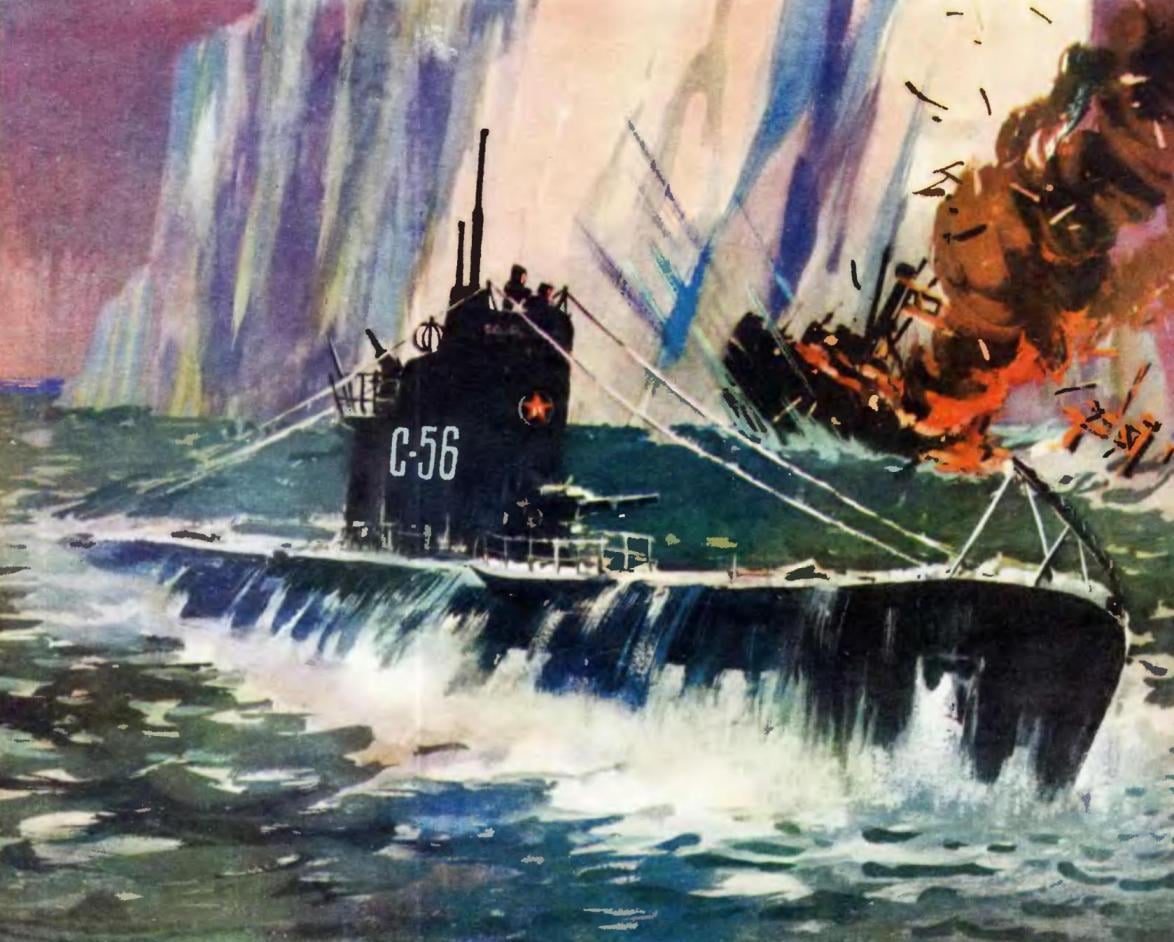
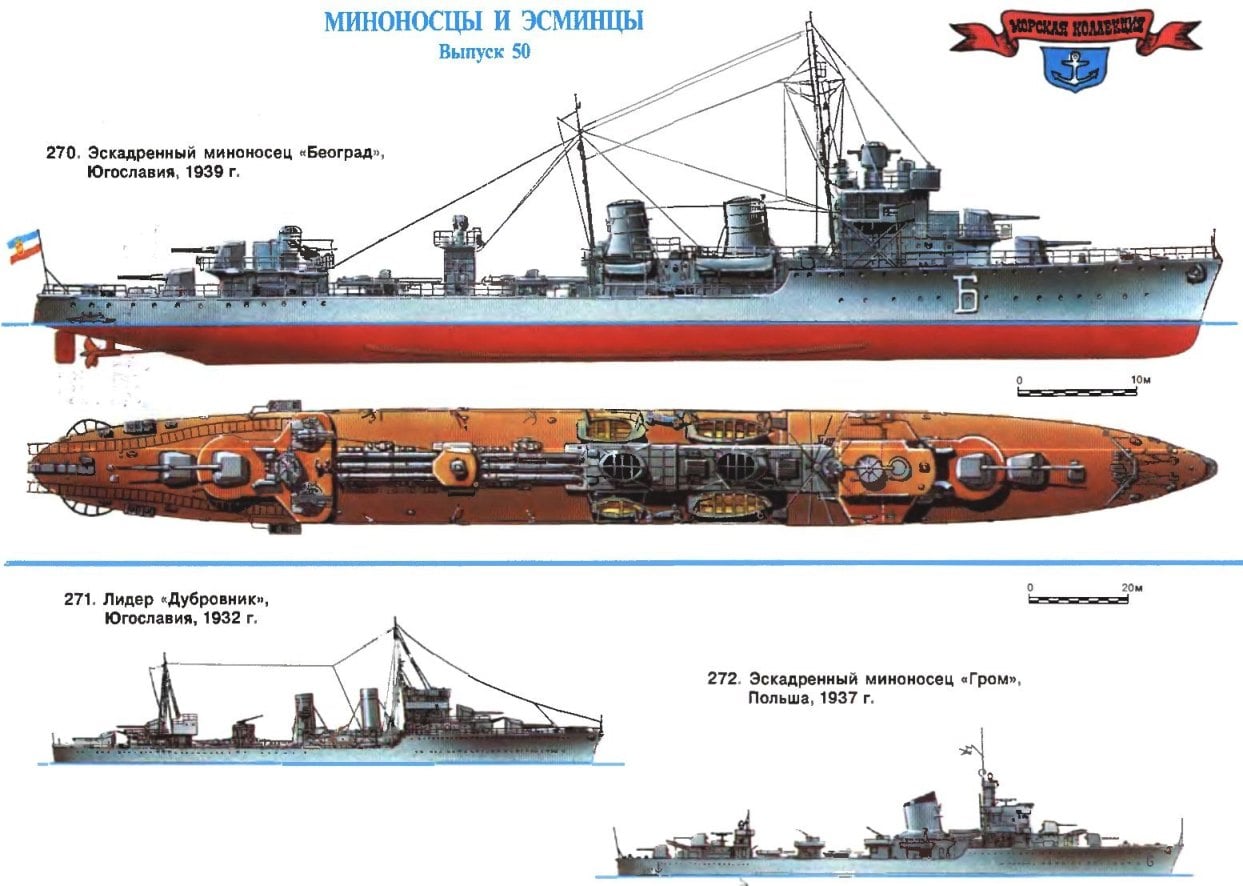
 The end of the First world war and the subsequent Washington agreement significantly changed the situation in world shipbuilding. The moratorium on new capital ships led to the fact that in the hierarchy of the military fleets of space battleships in some way took heavy cruisers, and the cruisers — destroyers. This sposobstvoval and objective process of evolution of the torpedo class ships. The destroyers and especially the leaders by the time it is grown — both in size and in a circle of solved tasks — until the armored cruisers of twenty years ago. For many countries in the “second tier” that the destroyers were the biggest and powerful fighting units in their fleets.
The end of the First world war and the subsequent Washington agreement significantly changed the situation in world shipbuilding. The moratorium on new capital ships led to the fact that in the hierarchy of the military fleets of space battleships in some way took heavy cruisers, and the cruisers — destroyers. This sposobstvoval and objective process of evolution of the torpedo class ships. The destroyers and especially the leaders by the time it is grown — both in size and in a circle of solved tasks — until the armored cruisers of twenty years ago. For many countries in the “second tier” that the destroyers were the biggest and powerful fighting units in their fleets.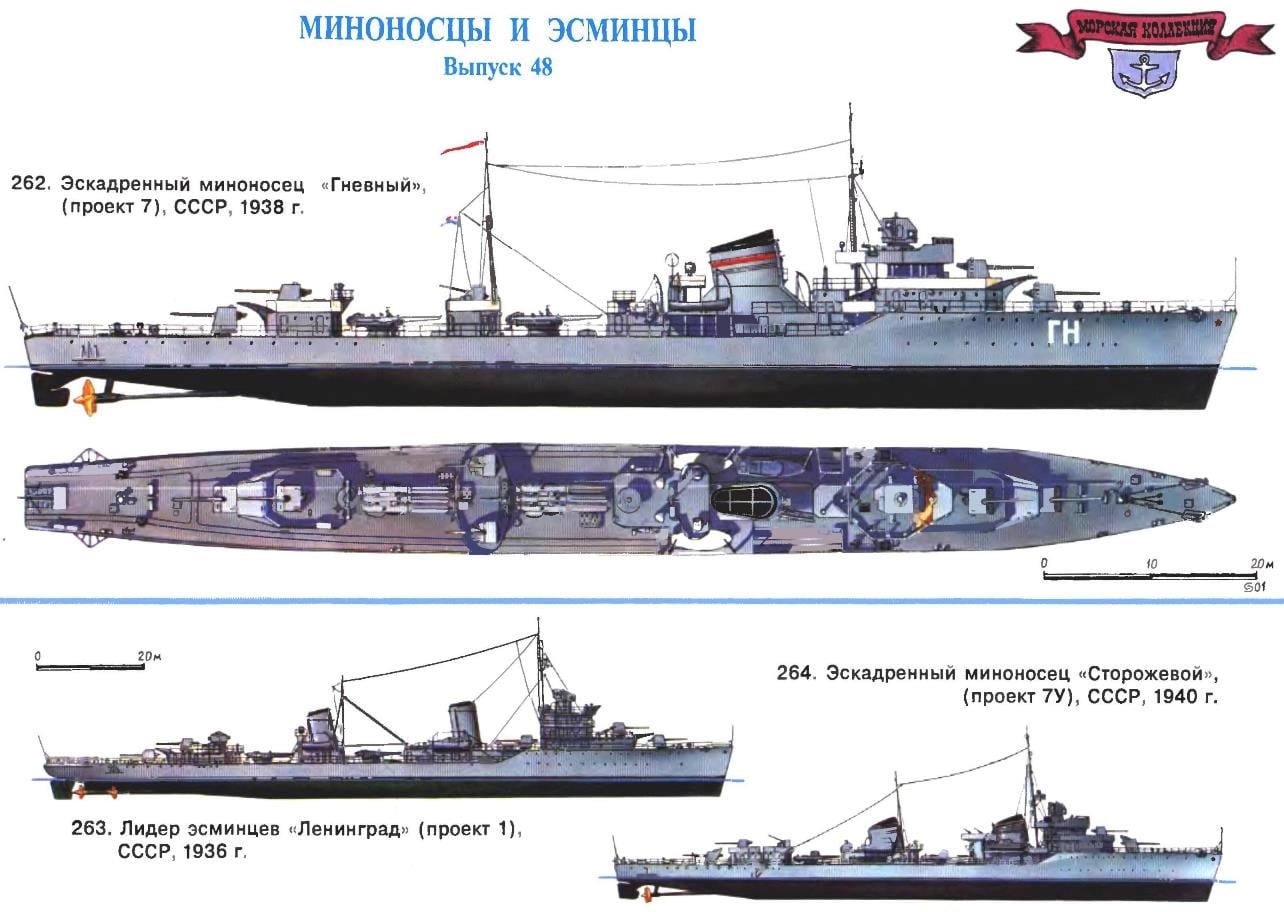
 The first silhouettes of enemy ships spotted from the bridge of the leader of “Baku”. The German convoy was abeam of the Norwegian town of vardø was roughly 70 cables. The leader and went after him in the Wake of the destroyer “Reasonable” has dramatically increased the speed. When the enemy was little more than 26 cables, they opened fire with their 130 mm guns. At the same time the “Baku” gave chetyrehstolpnyj salvo (the second unit from the torpedoman, unfortunately, not fired).
The first silhouettes of enemy ships spotted from the bridge of the leader of “Baku”. The German convoy was abeam of the Norwegian town of vardø was roughly 70 cables. The leader and went after him in the Wake of the destroyer “Reasonable” has dramatically increased the speed. When the enemy was little more than 26 cables, they opened fire with their 130 mm guns. At the same time the “Baku” gave chetyrehstolpnyj salvo (the second unit from the torpedoman, unfortunately, not fired).
 Model submarine class EATING has always been one of the most interesting, especially for juniors. Such “free-floating” model require from the constructor of ship models awareness of the ships are prototypes, ability to work with the most modern materials and equipment, knowledge of basic fluid dynamics, electrical engineering and electronics.
Model submarine class EATING has always been one of the most interesting, especially for juniors. Such “free-floating” model require from the constructor of ship models awareness of the ships are prototypes, ability to work with the most modern materials and equipment, knowledge of basic fluid dynamics, electrical engineering and electronics.
 In addition to the rather exotic projects, such as, for example, a huge steam-powered submarines for action with the Navy type “K”, or underwater monitors of the “M”, the British Navy continued to “correct” the development of a universal underwater “Admiralty” boats long range, launched in 1908, a type “D”. We remember that the most successful boats made basically the severity of the First world war, were three series of the type “E”, built in the beginning of the war until its end. However, the designers did not intend to stop there.
In addition to the rather exotic projects, such as, for example, a huge steam-powered submarines for action with the Navy type “K”, or underwater monitors of the “M”, the British Navy continued to “correct” the development of a universal underwater “Admiralty” boats long range, launched in 1908, a type “D”. We remember that the most successful boats made basically the severity of the First world war, were three series of the type “E”, built in the beginning of the war until its end. However, the designers did not intend to stop there.
 At the beginning of our century among public and political figures in France only a few reactionary press were pursued with tenacity and anger, as Camille Palitana. Telling all sorts of stories about the untidiness of the Minister of the marine (this post Peleton held in the years 1902-1905), the Newspapers were silent, however, about the main thing. Supporter of the submarine fleet, Pelletan opposed the construction of dreadnoughts, and this threatened to cause enormous damage to the bigwigs of the French steel trust, eager to receive orders for linconnu armor.
At the beginning of our century among public and political figures in France only a few reactionary press were pursued with tenacity and anger, as Camille Palitana. Telling all sorts of stories about the untidiness of the Minister of the marine (this post Peleton held in the years 1902-1905), the Newspapers were silent, however, about the main thing. Supporter of the submarine fleet, Pelletan opposed the construction of dreadnoughts, and this threatened to cause enormous damage to the bigwigs of the French steel trust, eager to receive orders for linconnu armor.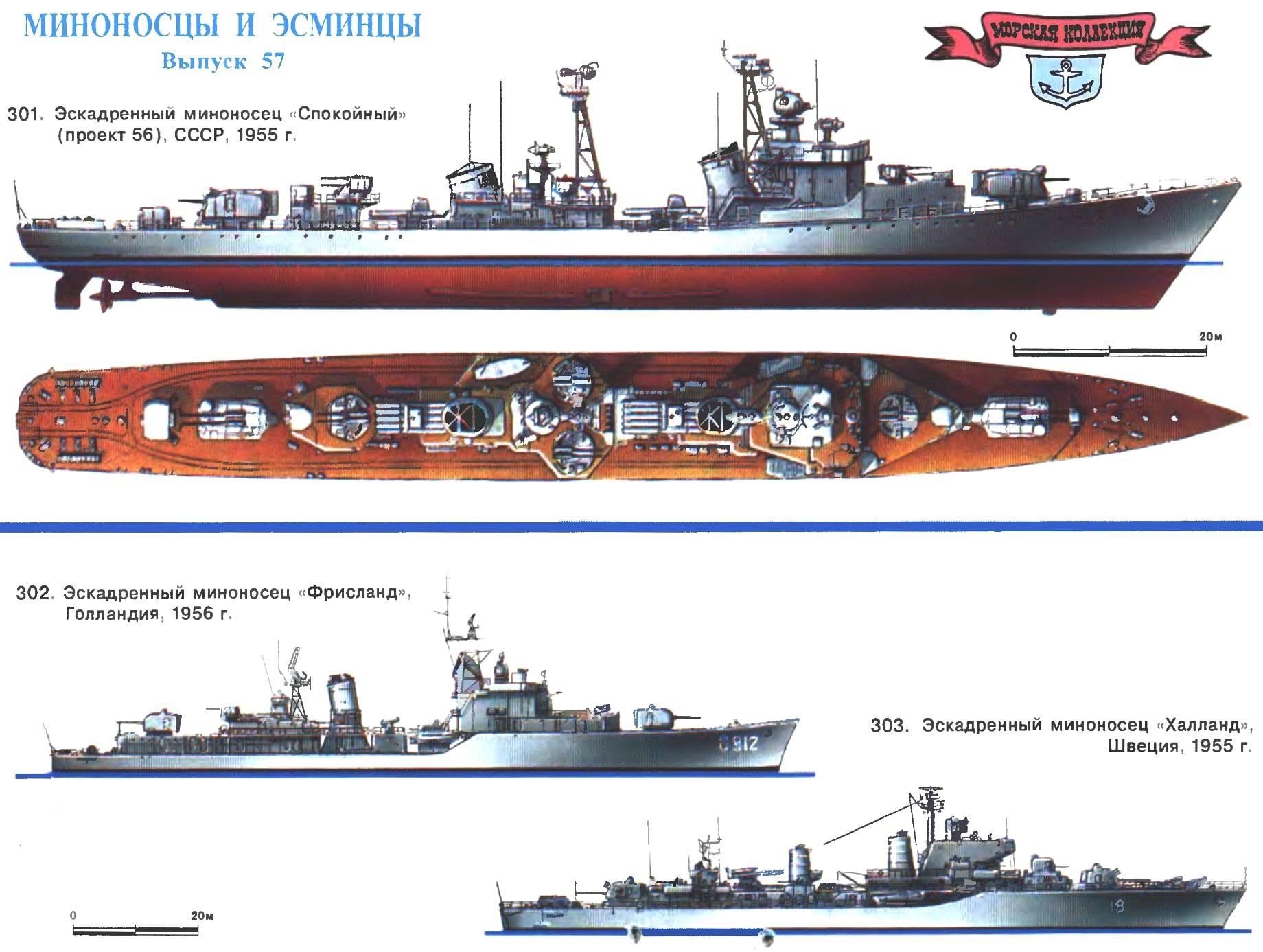
 If the Americans and their old and new allies after the Second world war almost completely switched light power their fleets on the task of escort and anti-submarine warfare, the Soviet fleet was absolutely other problems. With the beginning of the cold war, the Soviet Union, in fact, was in the position in which two decades ago was Japan. The only difference is that the industrial strength of our country in the late 40-ies was significantly greater, and political and economic interests associated with marine problems much less. However, because Stalin was going to continue its policy of challenging the world domination of the United States, the development of the Navy was deemed necessary. And the way this development (with the obvious and undeniable initial superiority of the United States at sea) remained the same as that at the time chosen by the Japanese: the creation of individually more powerful combat ships than those built in the West. And to do this was becoming typical of our government in a big way.
If the Americans and their old and new allies after the Second world war almost completely switched light power their fleets on the task of escort and anti-submarine warfare, the Soviet fleet was absolutely other problems. With the beginning of the cold war, the Soviet Union, in fact, was in the position in which two decades ago was Japan. The only difference is that the industrial strength of our country in the late 40-ies was significantly greater, and political and economic interests associated with marine problems much less. However, because Stalin was going to continue its policy of challenging the world domination of the United States, the development of the Navy was deemed necessary. And the way this development (with the obvious and undeniable initial superiority of the United States at sea) remained the same as that at the time chosen by the Japanese: the creation of individually more powerful combat ships than those built in the West. And to do this was becoming typical of our government in a big way.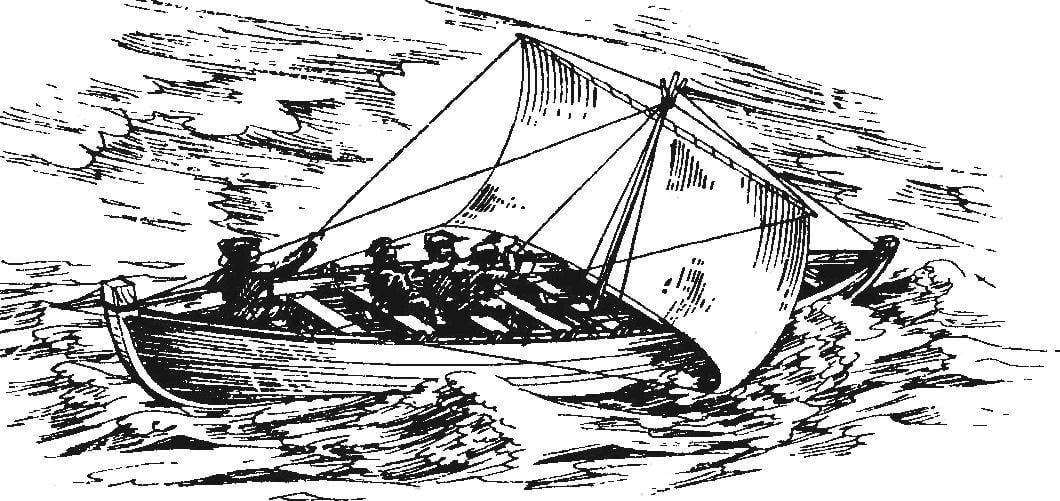
 Many historians of the Russian fleet passed the XIV century and goes straight from the campaigns of the Kievan princes to Byzantium if not Peter the Great, at least to the campaign of Ivan the terrible in 1552, Kazan. In fact, the shipbuilding and the movement of Russian troops on the ships never stopped, even during the Tartar yoke.
Many historians of the Russian fleet passed the XIV century and goes straight from the campaigns of the Kievan princes to Byzantium if not Peter the Great, at least to the campaign of Ivan the terrible in 1552, Kazan. In fact, the shipbuilding and the movement of Russian troops on the ships never stopped, even during the Tartar yoke.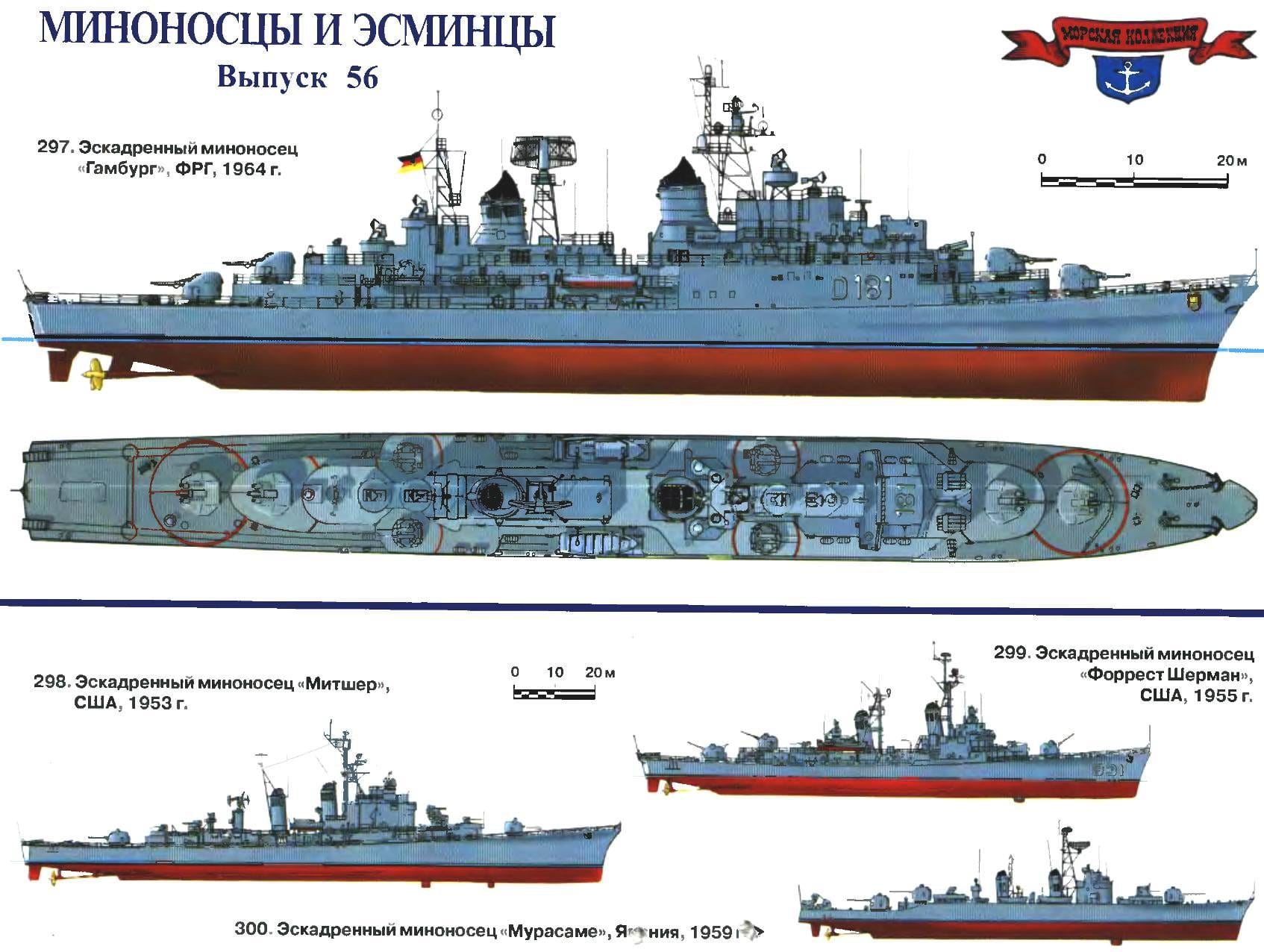
 The lessons of the Second world war, naval warfare was not quite obvious and understood immediately. The first attempts of consideration of combat experience led to the emergence of the destroyers, though having excellent characteristics, but is quite traditional in concept (described in previous issue). A clearer awareness of their role took a lot of time, so shipbuilders in many countries have decided to pause or be limited to only experimental ships.
The lessons of the Second world war, naval warfare was not quite obvious and understood immediately. The first attempts of consideration of combat experience led to the emergence of the destroyers, though having excellent characteristics, but is quite traditional in concept (described in previous issue). A clearer awareness of their role took a lot of time, so shipbuilders in many countries have decided to pause or be limited to only experimental ships.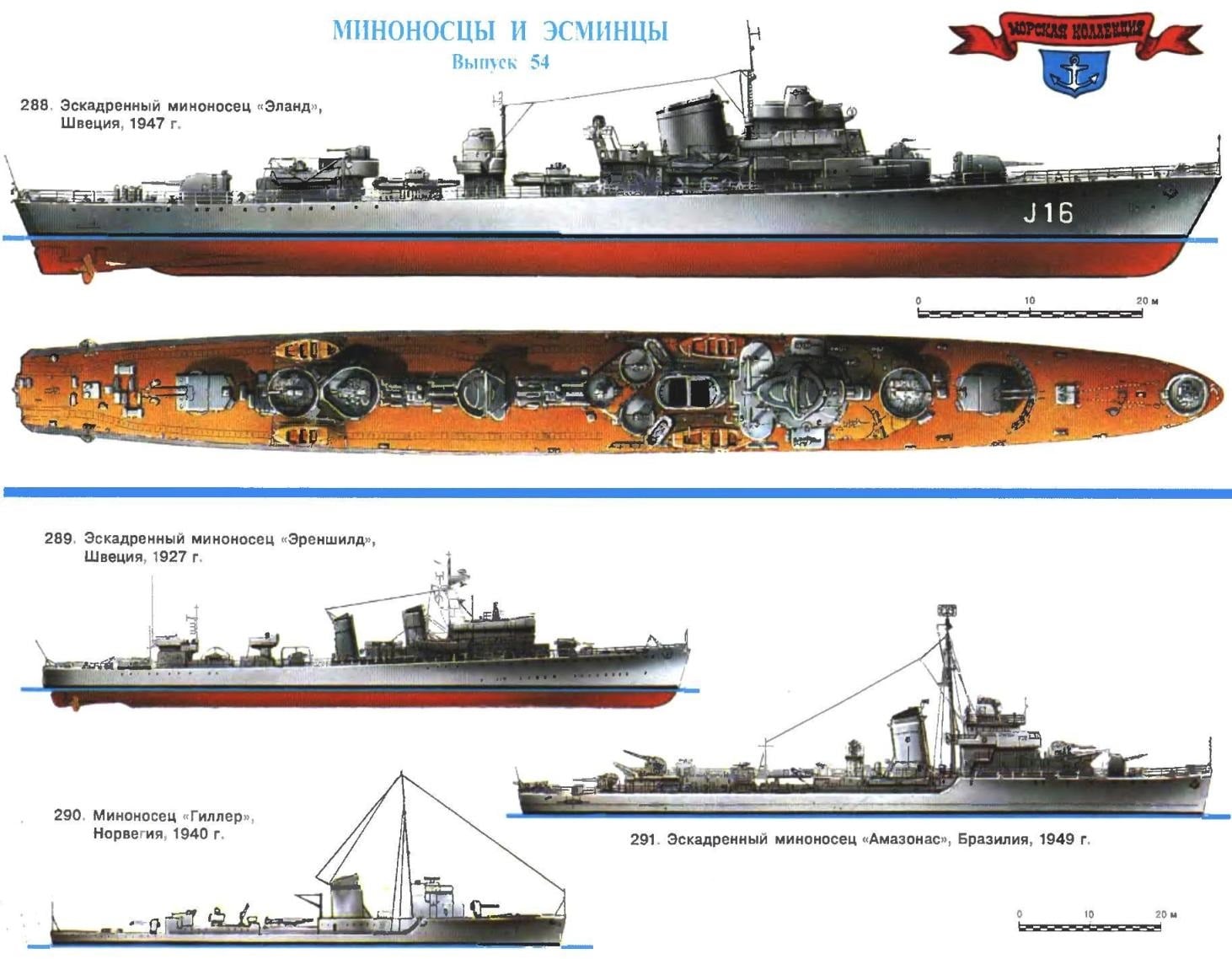
 Almost all the Maritime powers of second rank, trying to create or radically change the torpedo power in the period between the world wars, faced a dilemma: either to buy the ships on the side, getting into the political and material dependence on the supplier, try to build their own, developing its own industry, creating jobs, but often at the risk of a delay, the main task for several years.
Almost all the Maritime powers of second rank, trying to create or radically change the torpedo power in the period between the world wars, faced a dilemma: either to buy the ships on the side, getting into the political and material dependence on the supplier, try to build their own, developing its own industry, creating jobs, but often at the risk of a delay, the main task for several years.